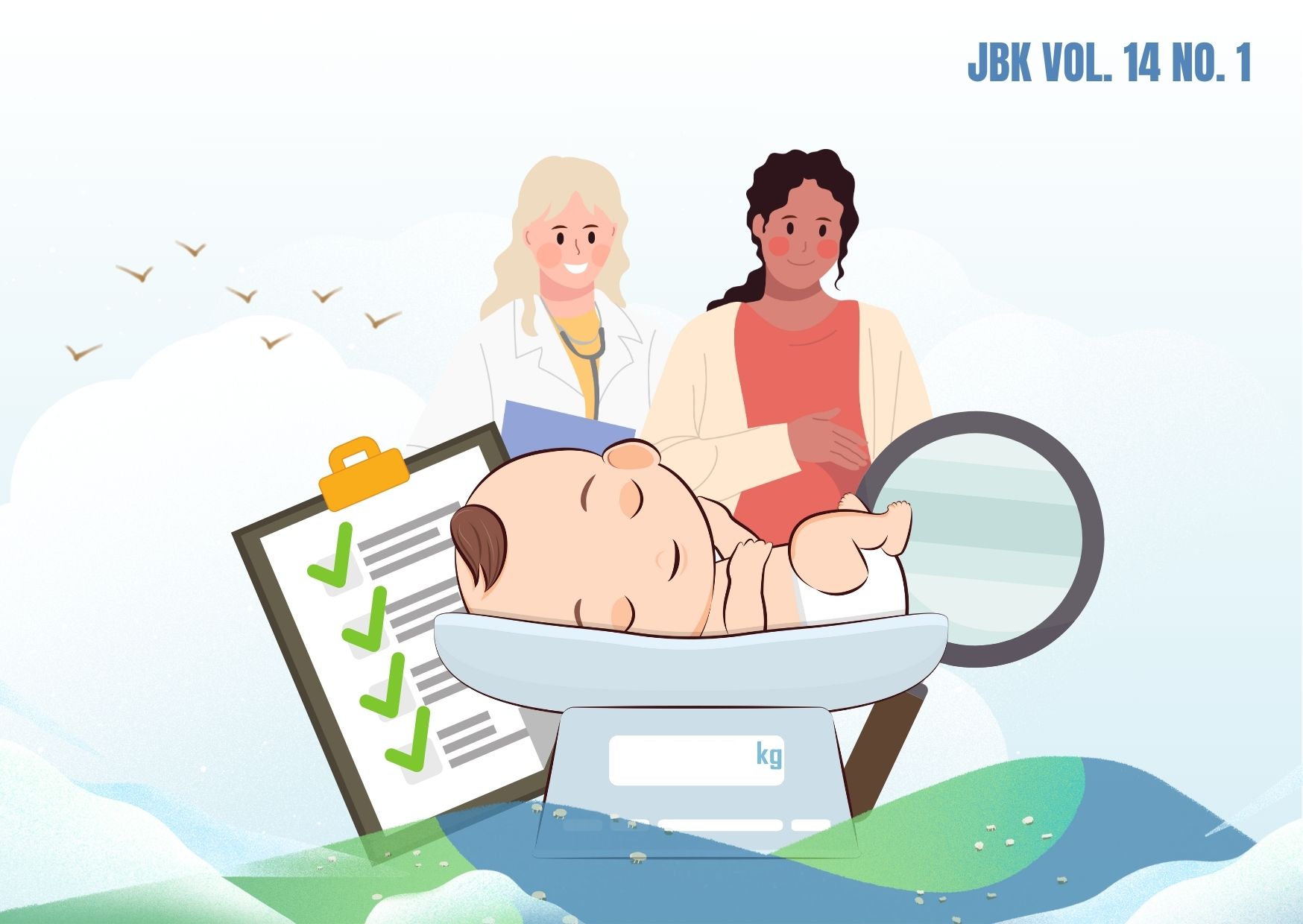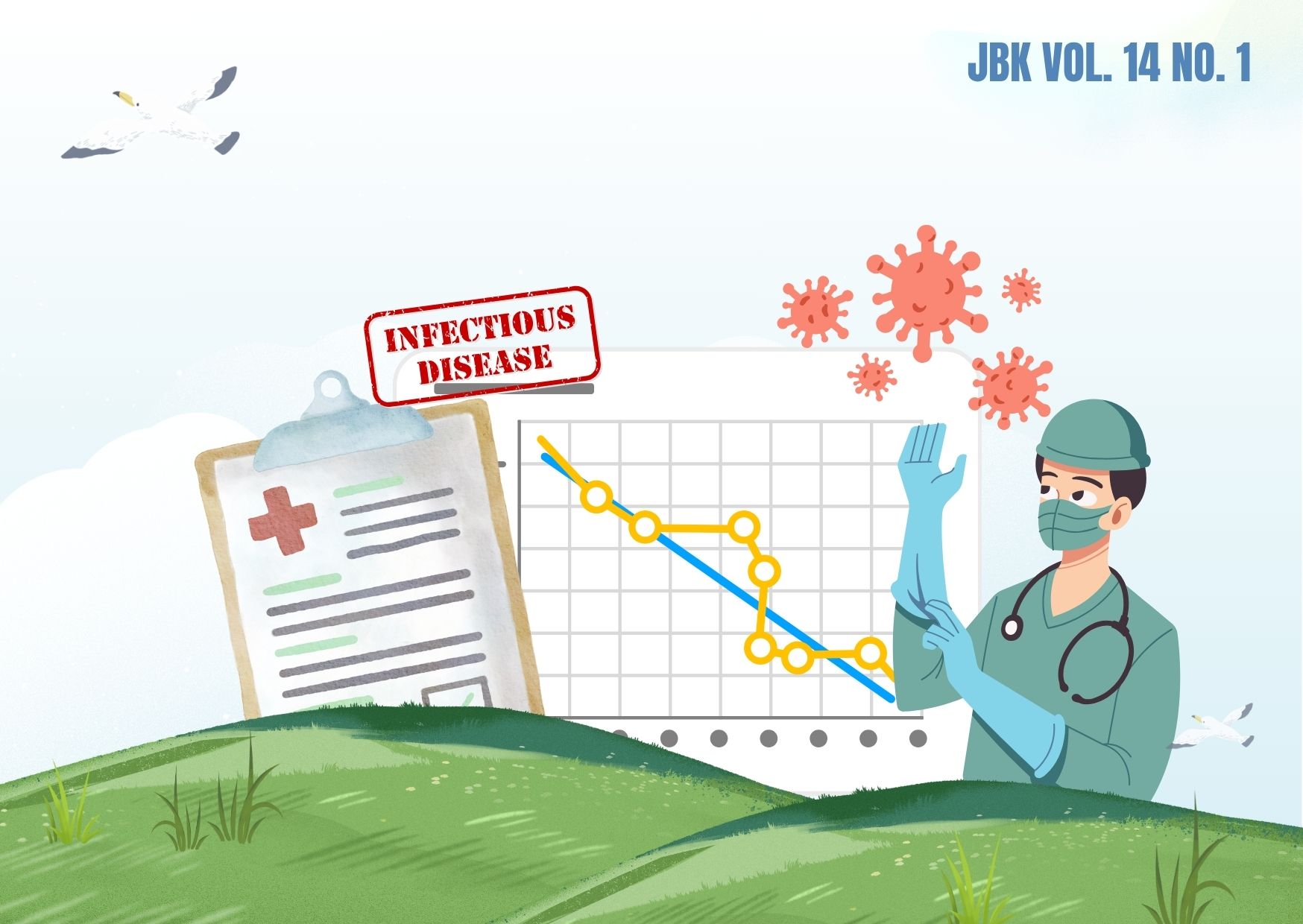Aplikasi Autoregressive Integrated Moving Average (ARIMA) untuk Meramalkan Jumlah Demam Berdarah Dengue (DBD) di Puskesmas Mulyorejo
Downloads
Aritonang, L. 2009. Peramalan Bisnis. Jakarta: Ghalia Indonesia.
Baroroh. 2013. Analisis Multivariat dan Time Series dengan SPSS 2. Jakarta: Elex Media Komputindo.
BPS Kota Surabaya. 2016. Banyaknya Hari Hujan dan Curah Hujan di Perak 1. Diakses dari http://surabayakota.bps.go.id/webbeta/frontend/linkTabelStatis/view/id/200 (sitasi tanggal 6 Maret 2016).
Dinas Kesehatan Jawa Timur. 2013. Profil Kesehatan Jawa Timur Tahun 2013. Surabaya: Dinkes Jatim.
Direktorat Jenderal P2PL DepKes RI. 2011. Modul Pengendalian Demam Berdarah Dengue. Jakarta: Kemenkes RI.
Direktorat Jenderal P2PL DepKes RI. 2014. Informasi Pengendalian Penyakit dan Penyehatan Lingkungan. Jakarta: Kemenkes RI.
Hermawan, 2011. Perbandingan Metode Box-Jenkins dan Holt-Winters dalam Prediksi Anomali Olr Pentad di Kawasan Barat Indonesia. Jurnal Sains Dirgantara, 9:1: 27–34. LAPAN.
Makridakis., Victor. 1999. Metode dan Aplikasi Peramalan. Jakarta: Erlangga.
Sungkar S. 2007. Pemberantasan Demam Berdarah Dengue: Sebuah Tantangan yang Harus Dijawab. Jakarta: Majalah Kedokteran Indonesia.
Thomas Suroso, dkk, ed. 2011 Pencegahan dan Penanggulangan Penyakit Demam Dengue dan Demam Berdarah Dengue, Terjemahan, WHO dan Depkes RI, Jakarta.
Wei. 2006. Time Series Univariate and Multivariate Methods. 2nd ed. United States of America: Pearson Education.
Wirayoga, M.A.. 2013. Hubungan Kejadian Demam Berdarah Dengue dengan Iklim di Kota Semarang Tahun 2006–2011. Semarang: Universitas Negeri Semarang.
World Health Organization. 2013.Dengue Haemorrhagic Fever. Diagnosis, treatment, prevention and control. Geneva: 2nd edition.
Copyright©2022 Jurnal Biometrika dan Kependudukan (Journal of Biometrics and Population)
This work is licensed under a Creative Commons Attribution-NonCommercial-ShareAlike 4.0 International License.
1. Copyright of all journal manuscripts is held by the Jurnal Biometrika dan Kependudukan.
2. Formal legal provisions to access digital articles of the electronic journals are subject to the provision of the Creative Commons Attribution-ShareAlike license (CC BY-NC-SA), which means that Jurnal Kesehatan Biometrika dan Kependudukan to keep, transfer media/format, manage in the form of databases, maintain, and publish articles.
3. Published manuscripts both printed and electronic are open access for educational, research, and library purposes. Additionally, the editorial board is not responsible for any violations of copyright law.



































